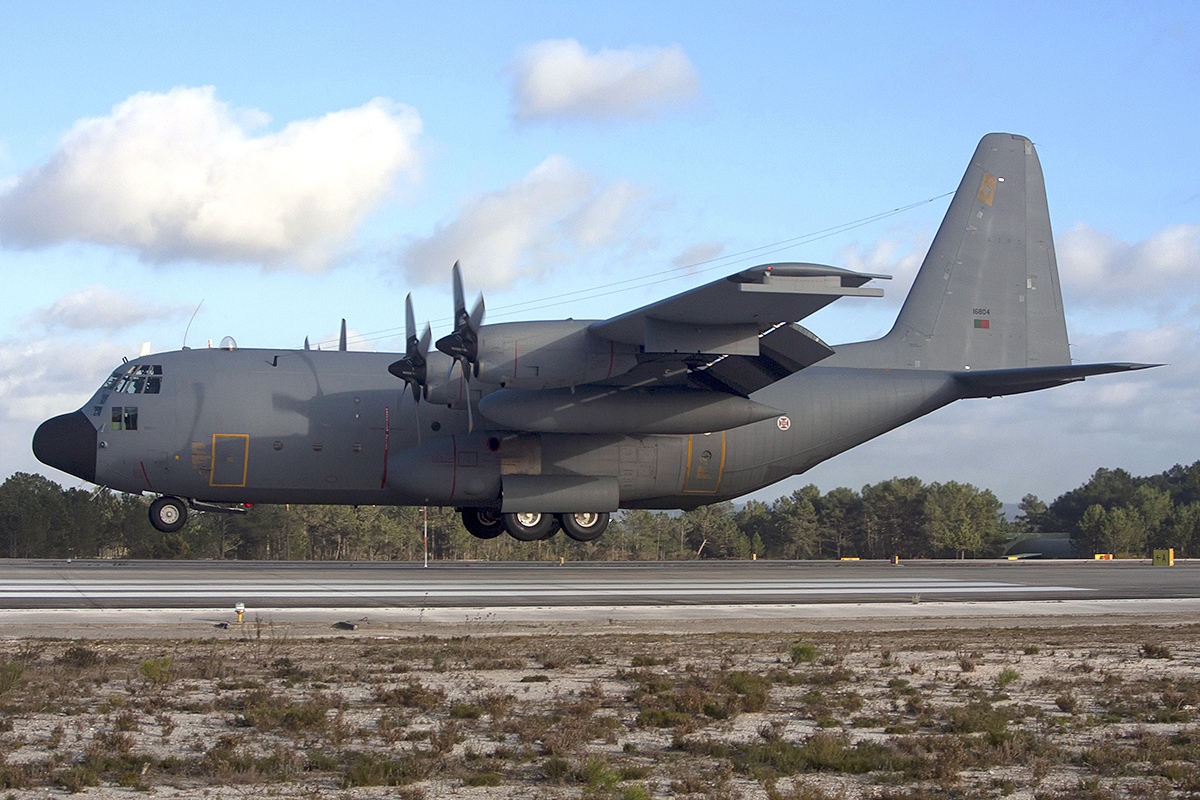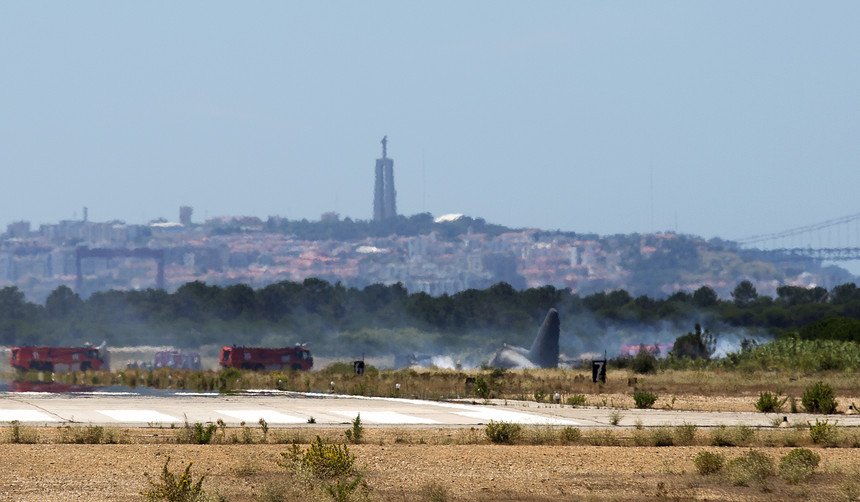Country
Crash of a Lockheed WC-130H Hercules in Savannah: 9 killed
Date & Time:
May 2, 2018 at 1127 LT
Registration:
65-0968
Survivors:
No
Schedule:
Savannah – Davis-Monthan
MSN:
4110
YOM:
1965
Crew on board:
5
Crew fatalities:
Pax on board:
4
Pax fatalities:
Other fatalities:
Total fatalities:
9
Captain / Total hours on type:
2070.00
Copilot / Total hours on type:
9
Circumstances:
On 2 May 2018, at approximately 1127 hours local time (L), the Mishap Aircraft (MA), a WC-130H, tail number 65-0968, assigned to the Puerto Rico Air National Guard, 156th Airlift Wing (156 AW), located at Muñiz Air National Guard Base, Puerto Rico, crashed approximately 1.5 miles northeast of Savannah/Hilton Head International Airport (KSAV), Georgia. All nine members aboard the MA—Mishap Pilot 1 (MP1), Mishap Pilot 2, Mishap Navigator, Mishap Flight Engineer, and Mishap Loadmaster (collectively the “Mishap Crew (MC)”), and four mission essential personnel, Mishap Airman 1, 2, 3, and 4—perished during the accident. The MC’s mission was to fly the MA to the 309th Aerospace Maintenance and Regeneration Group at Davis-Monthan Air Force Base, Arizona (commonly referred to as the “Boneyard”), for removal from service. The MA had been at KSAV for almost a month, since 9 April 2018, to undergo prescheduled fuel cell maintenance and unscheduled work on engine number one by 156 AW maintenance personnel using the facilities of the 165th Airlift Wing. During takeoff roll, engine one revolutions per minute (RPM) fluctuated and did not provide normal RPM when MP1 advanced the throttle lever into the flight range for takeoff. Approximately eight seconds prior to aircraft rotation, engine one RPM and torque significantly decayed, which substantially lowered thrust. The fluctuation on roll and significant performance decay went unrecognized by the MC until rotation, when MP1 commented on aircraft control challenges and the MA veered left and nearly departed the runway into the grass before it achieved flight. The MA departed KSAV at approximately 1125L. As the MC retracted the landing gear, they identified the engine one RPM and torque malfunction and MP1 called for engine shutdown. However, the MC failed to complete the Takeoff Continued After Engine Failure procedure, the Engine Shutdown procedure, and the After Takeoff checklist as directed by the Flight Manual, and the MA’s flaps remained at 50 percent. Additionally, MP1 banked left into the inoperative engine, continued to climb, and varied left and right rudder inputs. At an altitude of approximately 900 feet mean sea level and 131 knots indicated air speed, MP1 input over nine degrees of left rudder, the MA skidded left, the left wing stalled, and the MA departed controlled flight and impacted the terrain on Georgia State Highway 21.
Probable cause:
The board president found, by a preponderance of the evidence, the cause of the mishap was MP1’s improper application of left rudder, which resulted in a subsequent skid below three-engine minimum controllable airspeed, a left-wing stall, and the MA’s departure from controlled flight. Additionally, the board president found, by a preponderance of the evidence, the MC’s failure to adequately prepare for emergency actions, the MC’s failure to reject the takeoff, the MC’s failure to properly execute appropriate after takeoff and engine shutdown checklists and procedures, and the Mishap Maintainers’ failure to properly diagnose and repair engine number one substantially contributed to the mishap.
Final Report:
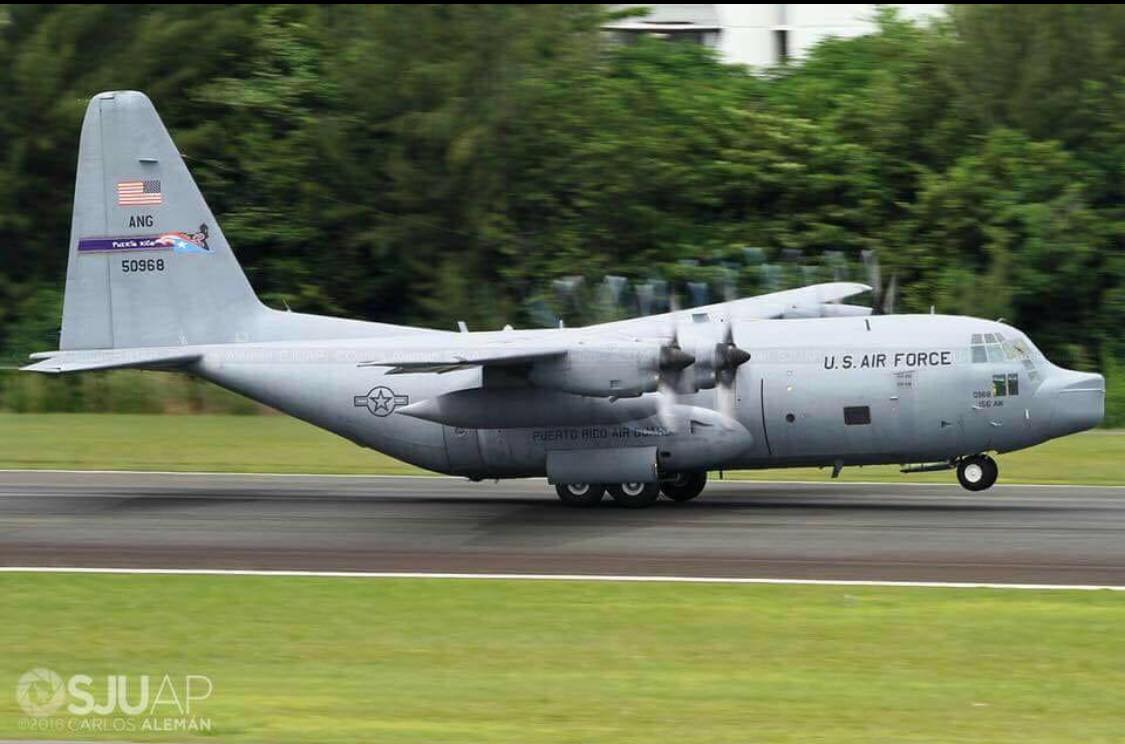
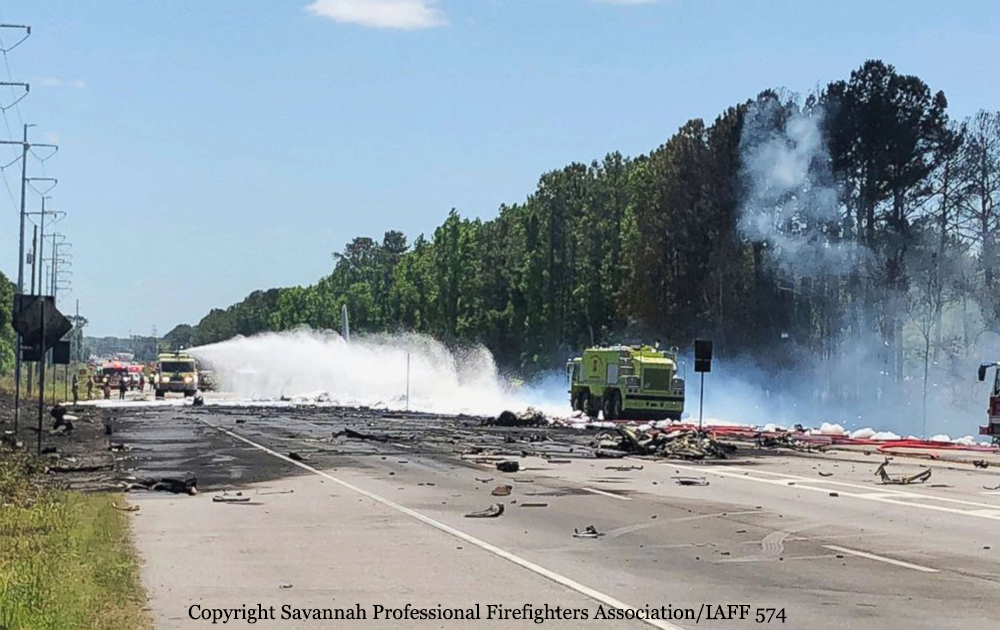

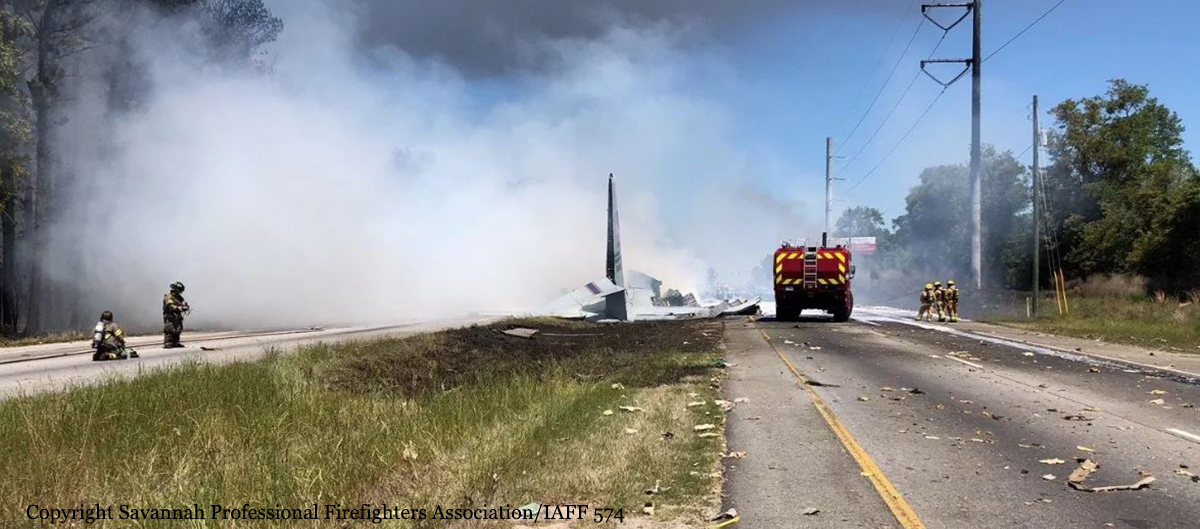
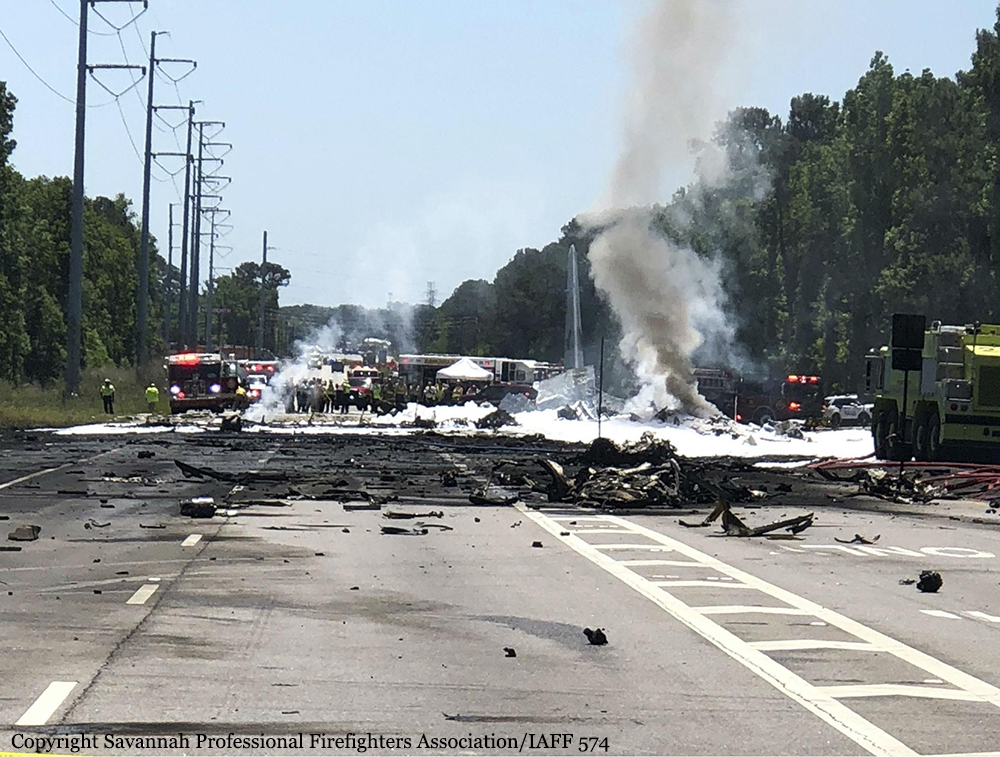
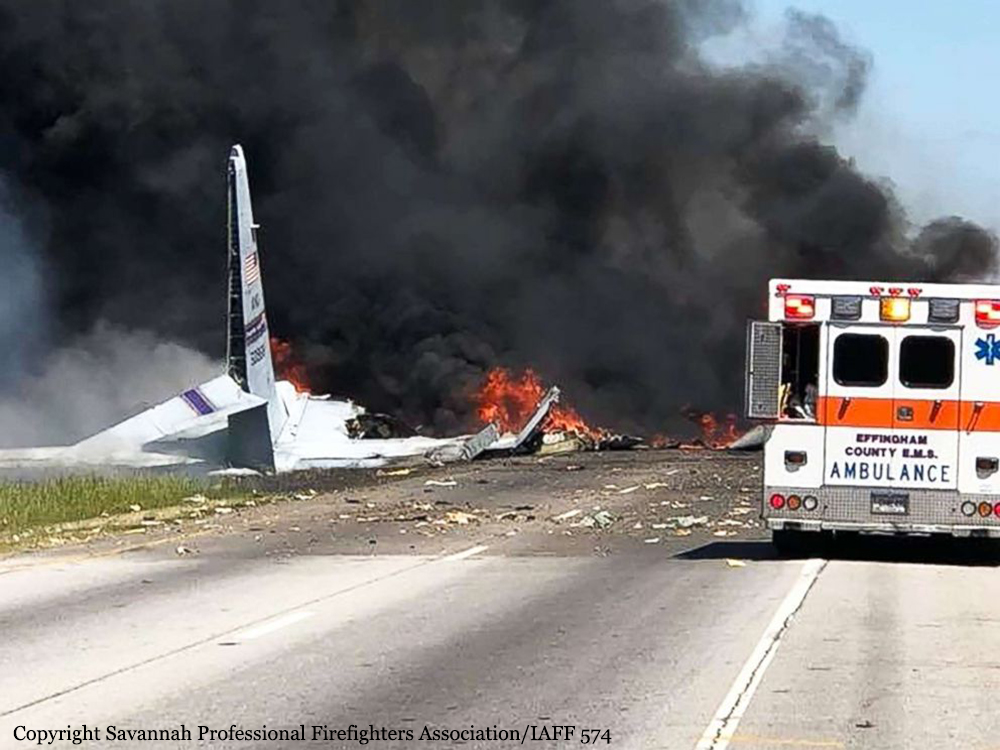

Crash of a Lockheed C-130 Hercules in Sharara: 3 killed
Date & Time:
Apr 29, 2018 at 1225 LT
Registration:
111
Survivors:
Yes
Schedule:
Sharara - Mitiga
MSN:
4992
YOM:
1984
Crew on board:
4
Crew fatalities:
Pax on board:
0
Pax fatalities:
Other fatalities:
Total fatalities:
3
Circumstances:
National Oil Corporation confirms a C-130 aircraft chartered by Akakus Oil crashed during take-off, 2 km from the Sharara oil field, after delivering 18 tonnes of catering and maintenance supplies. The crash occurred at 12:25pm on Sunday, April 29, 2018. Firefighters and paramedics quickly rushed to the scene. The tragic incident resulted in the death of three crew members and the injury of one other who is being evacuated by air to receive medical treatment in Tripoli. The NOC Board of Directors cancelled all their commitments and are presently at Akakus headquarters meeting with local management and a number of emergency staff to follow up on this tragic incident. The circumstances of the crash are still being investigated. Mr. Fayez Al-Sarraj, Chairman of the Presidential Council, was briefed on the developments of the incident, and expressed his solidarity with the families of the victims, ordering the preparation of a decree commemorating the deceased as martyrs. The General Civil Aviation Authority (GCAA) was also briefed and offered its condolences to the Chief of Staff of the Air Force. The plane in question is the property of the Libyan Air Force but was chartered by Akakus Oil, who operate the Sharara field. The company was forced to charter the aircraft due to road closures and the security situation on the ground stemming from a road blockade leading to the field.



Crash of a Lockheed KC-130T Hercules near Itta Bena: 16 killed
Date & Time:
Jul 10, 2017 at 1549 LT
Registration:
165000
Survivors:
No
Schedule:
Cherry Point - El Centro
MSN:
5303
YOM:
1992
Flight number:
Yanky 72
Crew on board:
8
Crew fatalities:
Pax on board:
8
Pax fatalities:
Other fatalities:
Total fatalities:
16
Circumstances:
The aircraft departed MCAS Cherry Point-Cunningham Field in the early afternoon on a personnel transfer mission to El Centro NAS, California. En route, while cruising at an altitude of 20,000 feet, the n°4 blade on the engine n°2 detached, struck the left side of the fuselage, penetrated the cabin, then the right side of the fuselage and eventually impacted the right stabilizer that detached. The aircraft suffered a catastrophic structural failure, causing the cockpit to separate and detach. The airplane entered an uncontrolled descent and crashed in a soybean field located 11 km southwest of Itta Bena. The airplane was destroyed by impact forces and a post crash fire and all 16 occupants were killed.
Crew:
Maj Caine M. Goyette, pilot,
Cpt Sean E . Elliott, copilot,
S/Sgt Joshua Snowden, flight engineer,
Sgt Owen J . Lennon, flight engineer.
G/Sgt Mark A. Hopkins, gunnery
G/Sgt Brendan C . Johnson, gunnery
Sgt Julian M. Kevianne, crewmaster,
L/Cpl Daniel I. Baldassare, crewmaster.
Passengers:
Cpl Collin J. Schaaff
S/Sgt William J. Kundrat,
S/Sgt Robert H. Cox,
S/Sgt Talon R. Leach,
Sgt Chad E . Jenson,
Sgt Joseph J . Murray,
Sgt Dietrich A. Schmiernan,
PO Ryan Lohrey.
Crew:
Maj Caine M. Goyette, pilot,
Cpt Sean E . Elliott, copilot,
S/Sgt Joshua Snowden, flight engineer,
Sgt Owen J . Lennon, flight engineer.
G/Sgt Mark A. Hopkins, gunnery
G/Sgt Brendan C . Johnson, gunnery
Sgt Julian M. Kevianne, crewmaster,
L/Cpl Daniel I. Baldassare, crewmaster.
Passengers:
Cpl Collin J. Schaaff
S/Sgt William J. Kundrat,
S/Sgt Robert H. Cox,
S/Sgt Talon R. Leach,
Sgt Chad E . Jenson,
Sgt Joseph J . Murray,
Sgt Dietrich A. Schmiernan,
PO Ryan Lohrey.
Probable cause:
The investigation determined the cause of the mishap to be an inflight departure of the number four blade from the number two propeller. This propeller blade (P2B4) liberated while the aircraft was flying at a cruise altitude of 20,000 feet . The liberation of P2B4 initiated the catastrophic sequence of events resulting in the midair breakup of the aircraft and its uncontrollable descent and ultimate destruction. Post- mishap analysis of P2B4 revealed that a circumferential fatigue crack in the blade caused the fracture and liberation. This fatigue crack propagated from a radial crack which originated from intergranular cracking (IGC) and corrosion pitting. The analysis also revealed the presence of anodize coating within the band of corrosion pitting and intergranular cracking on the blade near the origin of the crack. This finding proves that the band of corrosion pitting and intergranular cracking was present and not removed during the last overhaul of P2B4 at Warner Robins Air Logistics Complex (WR-ALC) in the fall of 2011. The investigation concluded that the failure to remediate the corrosion pitting and intergranular cracking was due to deficiencies in the propeller blade overhaul process at WR-ALC which existed in 2011 and continued up until the shutdown of the WR-ALC propeller blade overhaul process in the fall of 2017. The investigation also examined whether any operational or intermediate level maintenance inspections or maintenance actions exist which could have detected the underlying causal conditions prior to the mishap. The investigation concluded that while these inspections exist, it cannot be quantifiably determined that these inspections would have detected the causal condition. The investigation arrived at this conclusion due to the fact that the growth or propagation rate of an IGC radial crack cannot be predicted. Though no evidence exists to determine when the radial crack had grown to a detectable area, beyond the bushing, there exists a distinct possibility that it could have been detected if the radial crack had grown past the bushing and the off wing eddy current inspection was performed.
Final Report:
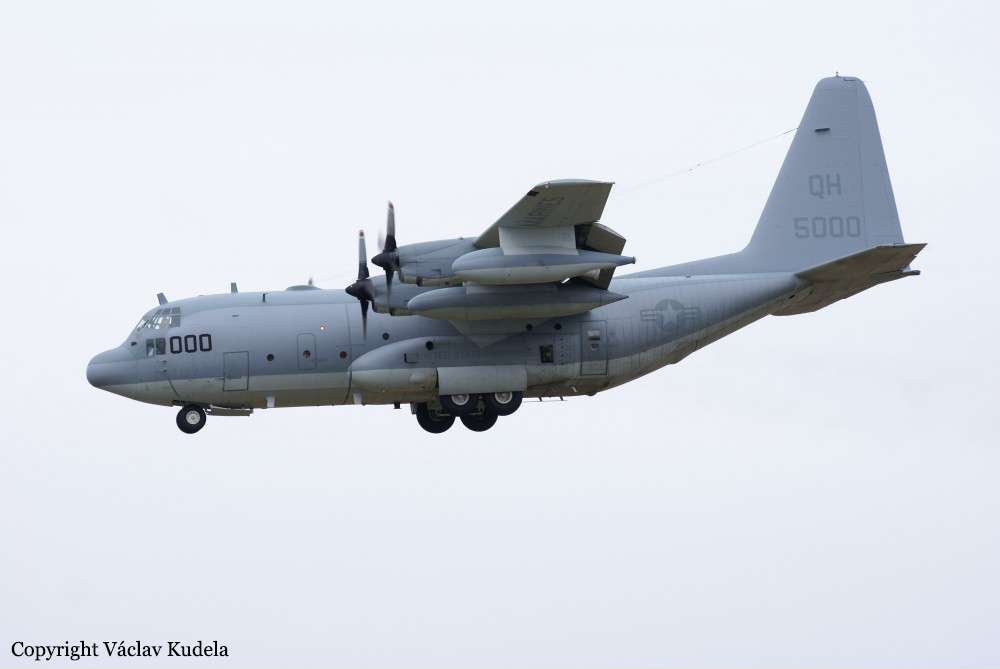
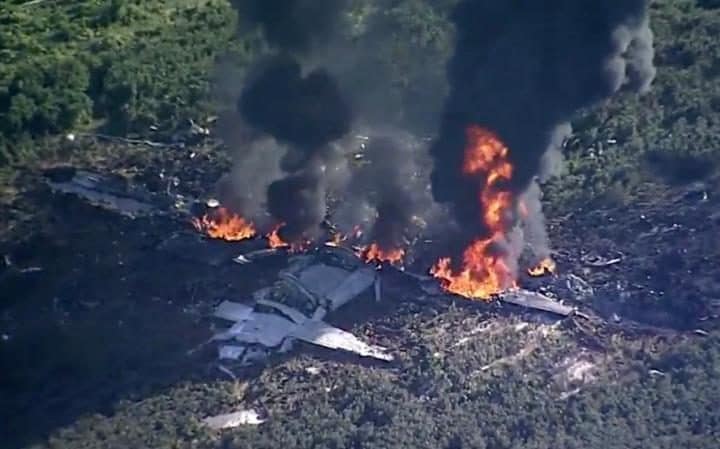
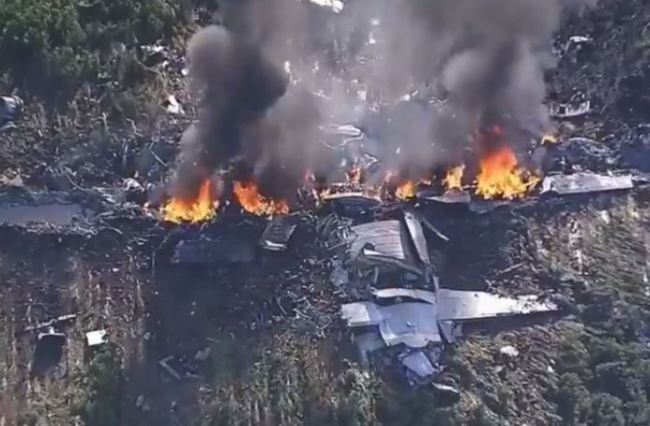
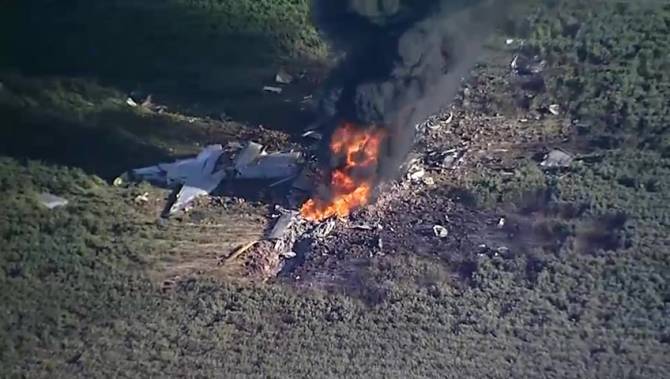
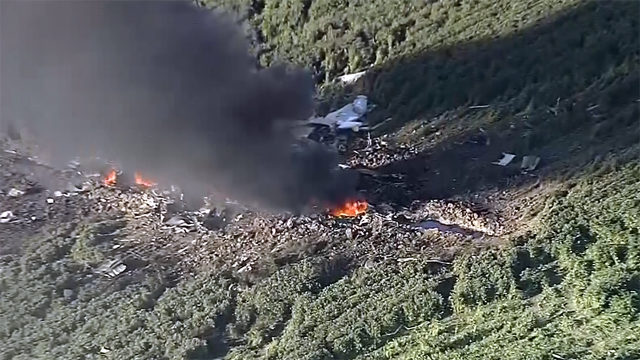
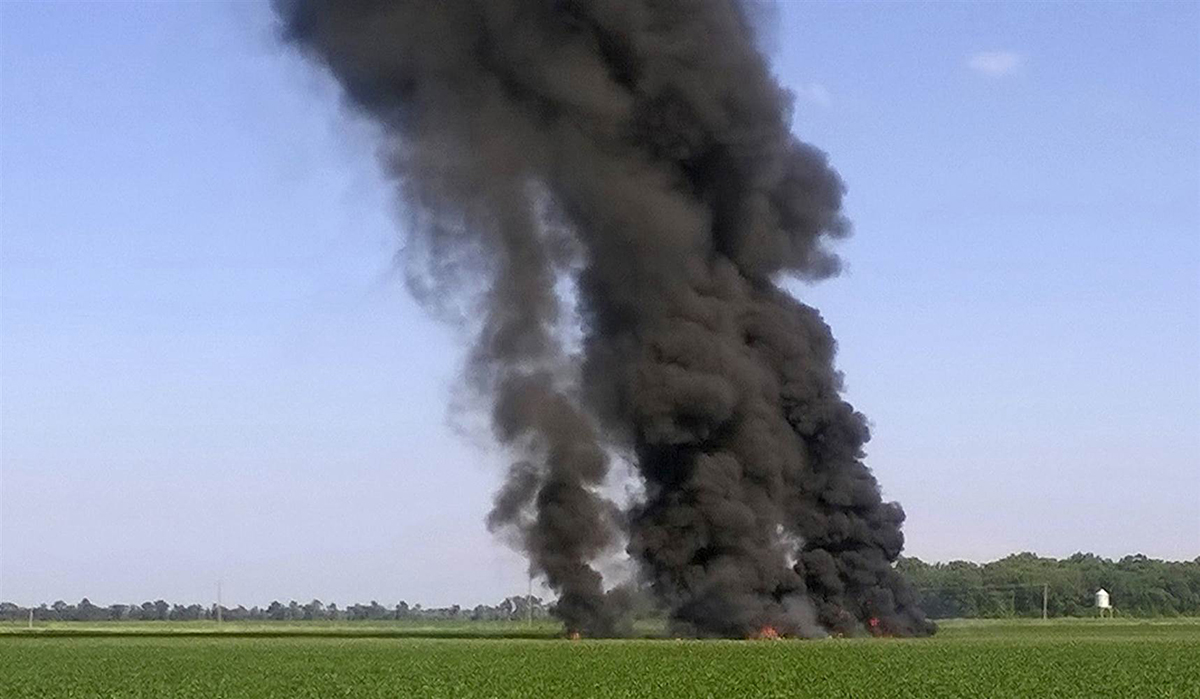
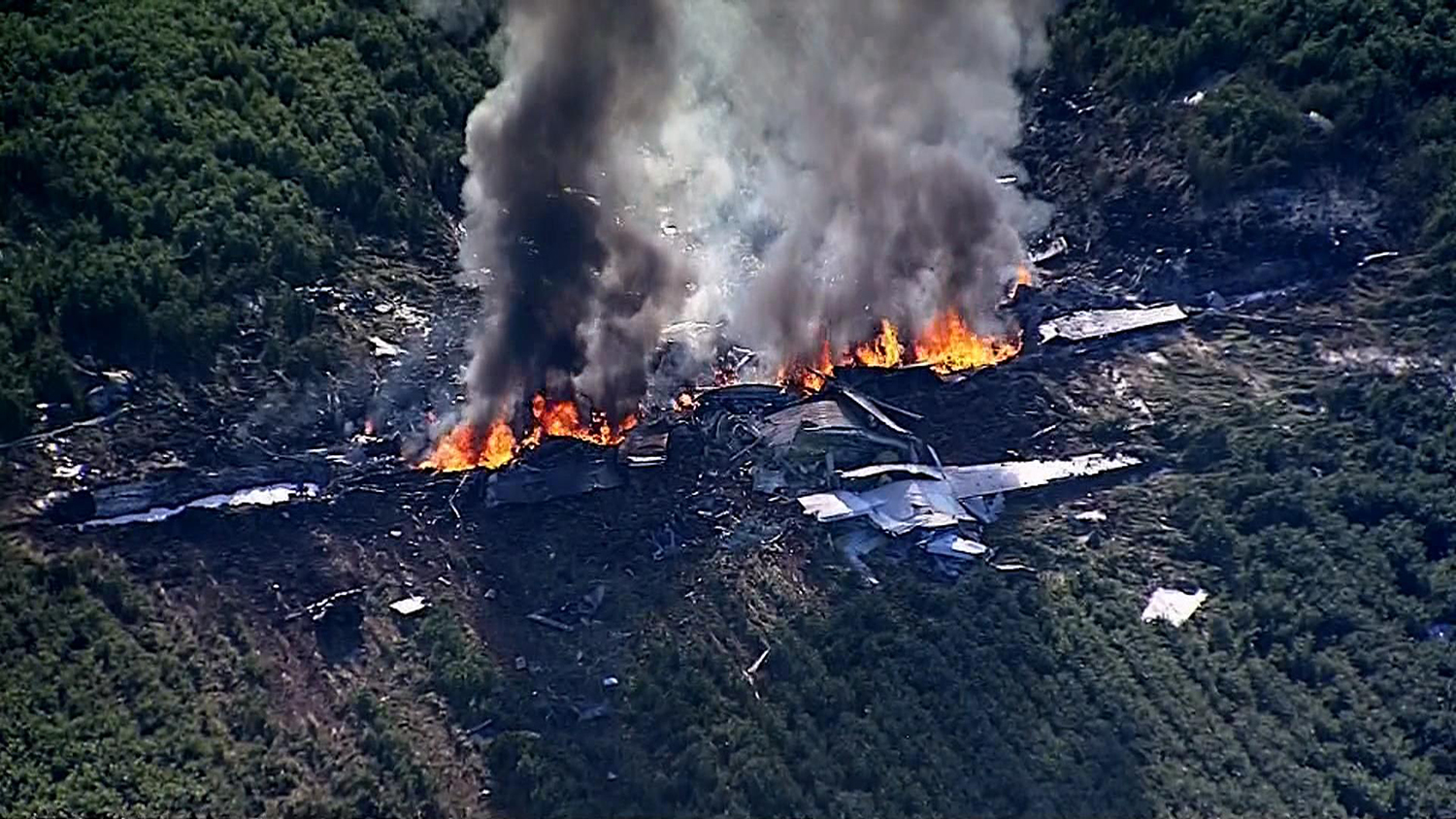
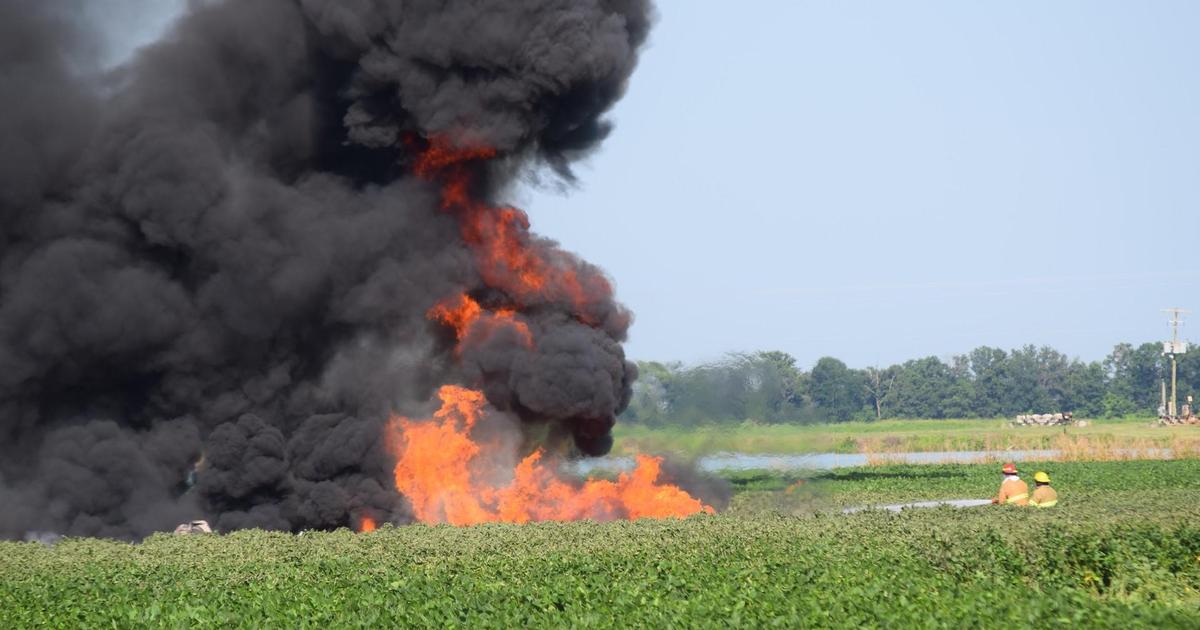
Crash of a Lockheed C-130H Hercules in Wamena: 13 killed
Date & Time:
Dec 18, 2016 at 0609 LT
Registration:
A-1334
Survivors:
No
Schedule:
Timika – Wamena
MSN:
4785
YOM:
1978
Crew on board:
12
Crew fatalities:
Pax on board:
1
Pax fatalities:
Other fatalities:
Total fatalities:
13
Circumstances:
The four engine aircraft departed Timika-Moses Kilangin Airport at 0535LT bound for Wamena. While approaching Wamena, the crew encountered marginal weather conditions and the aircraft descended through several cloud layers when it impaxted a hilly terrain about four minutes before ETA at 0613LT. The aircraft was destroyed by impact forces and a post crash fire and all 13 occupants were killed. The wreckage was found less than 2 km southeast from runway 33 threshold.
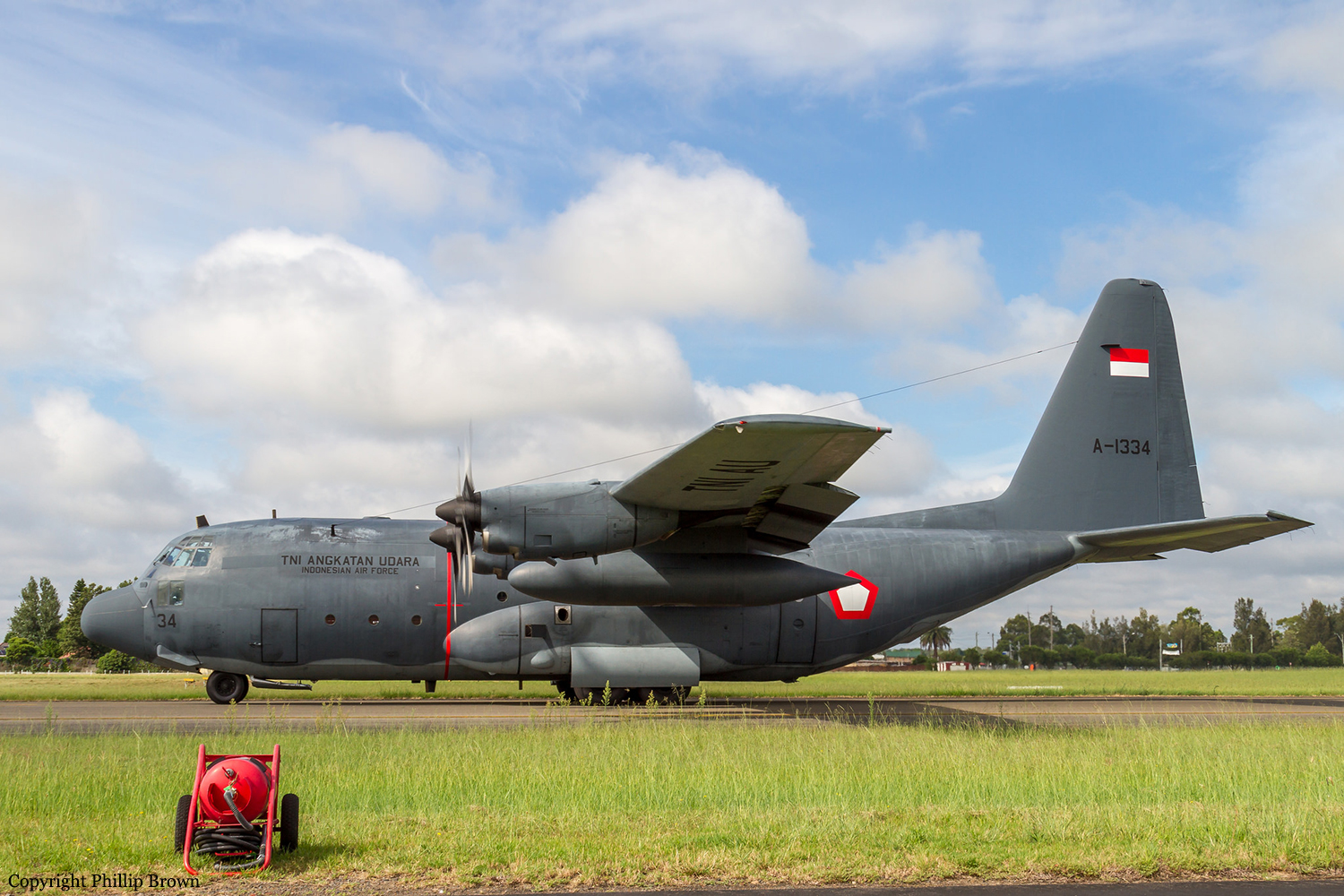

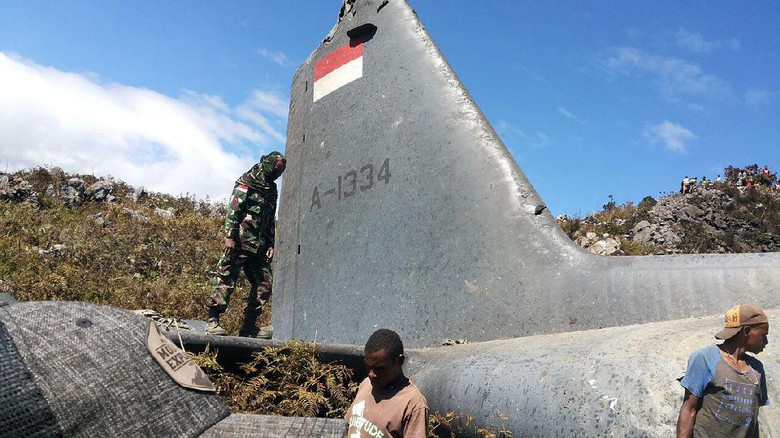
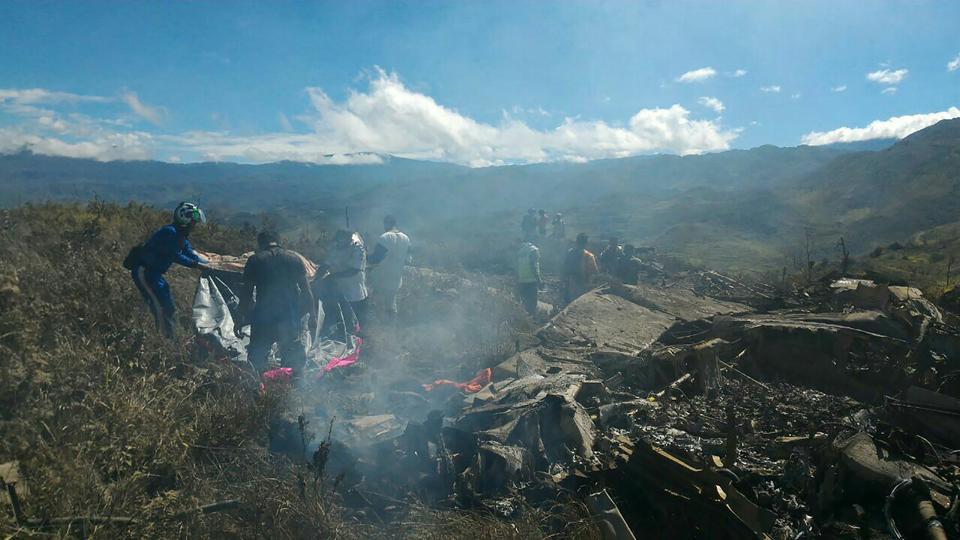
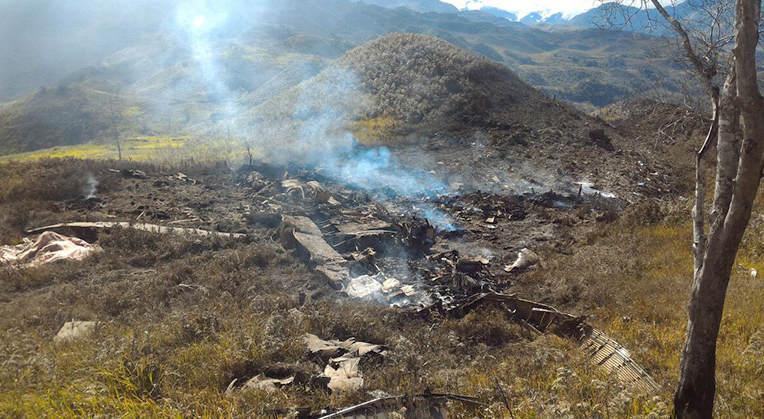

Crash of a Lockheed C-130H Hercules at Montijo AFB: 3 killed
Date & Time:
Jul 11, 2016 at 1200 LT
Registration:
16804
Survivors:
Yes
Schedule:
Montijo AFB - Montijo AFB
MSN:
4777
YOM:
1978
Crew on board:
7
Crew fatalities:
Pax on board:
0
Pax fatalities:
Other fatalities:
Total fatalities:
3
Circumstances:
The crew was completing a local training exercise at Montijo AFB, consisting of touch-and-go maneuvers. During the takeoff roll on runway 26, the four engine aircraft deviated from the centerline to the left then went out of control, veered off runway to the right and eventually crashed 1,460 meters past the runway threshold, bursting into flames. Four crew members were injured while three others were killed. The aircraft was destroyed by a post crash fire.
